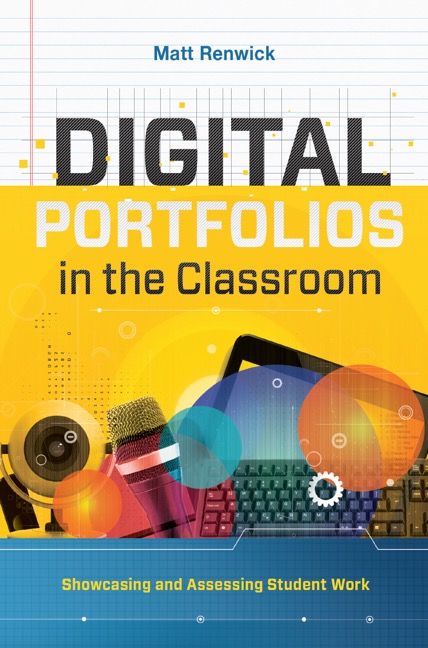I recently responded to a series of questions regarding my new book, Digital Portfolios in the Classroom: Showcasing and Assessing Student Work (ASCD, 2017). This Q & A was with Dr. Rod Berger for his blog with Scholastic, titled Down the Hall. You can click here to read the entire interview.
Below is an excerpt from the interview.
I hope the start of your school year has been successful! -Matt
(P.S. My book is now available through Amazon and Barnes & Noble, as well as through ASCD directly.)
RB: The subtitle of your book is “Showcasing and Assessing Student Work.” We often focus on the assessment part and overlook the showcase element. What are some of the ways digital portfolios create a good showcase for student work and why is this important?
MR: Students, and really everyone, want to be recognized for their accomplishments and best efforts. Our society has little problem with handing out trophies and medals for success in sports and extracurricular activities. Celebrating academic work should not be a significant shift for anyone when we consider this context.
Digital portfolios can facilitate showcasing student work in a variety of ways.
- Post pictures of students’ final products. These images should be shared with an accompanying text caption in which students describe what they created, how they did it, why it’s important, and what they want to work on for next time. This explanation, self-reflection, and goal setting provides context for student work and their future goals.
- Upload video of student performances. Our families cannot attend every play, concert, and demonstration of learning, nor should they be expected to. Digital portfolios can bring families into the classroom by documenting their performances via video and then uploading this media for families to watch and enjoy at a later time.
- Record audio of students’ current skills and understanding. Showcasing our students’ best efforts should not be limited to only final projects and performance tasks. There are reasons to celebrate every day. Maybe a student achieved the next level on a reading benchmark assessment or was finally able to pronounce a specific sound during their speech and language intervention. Parents can experience this success with their kids by hearing evidence of their accomplishments.
